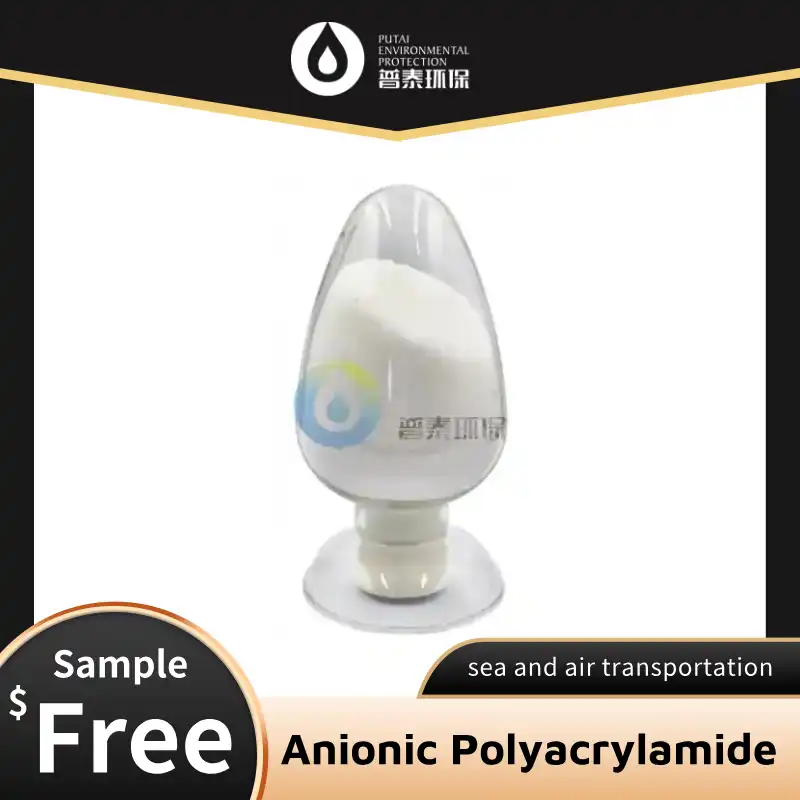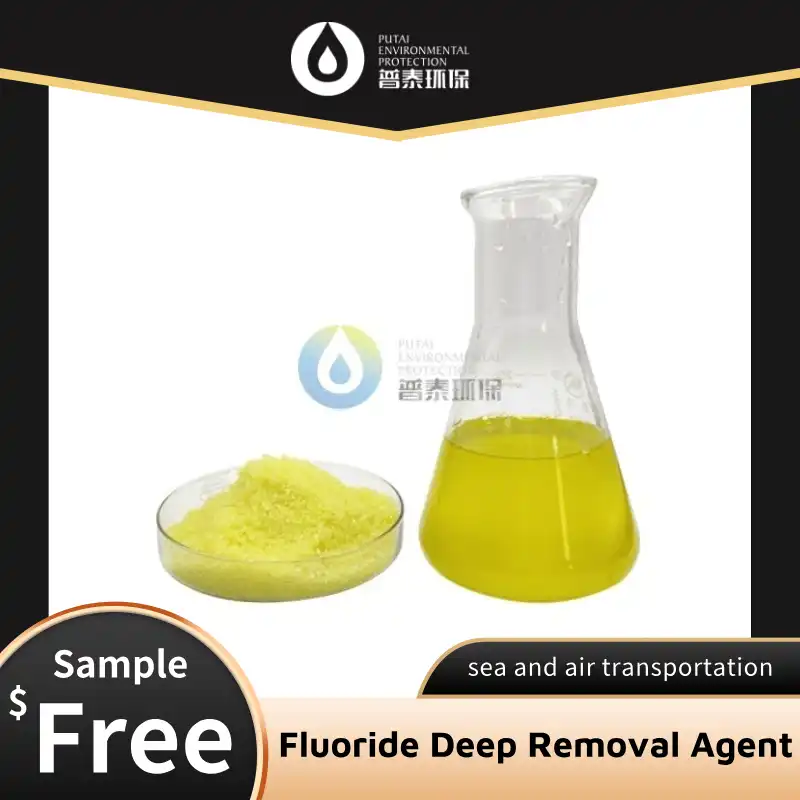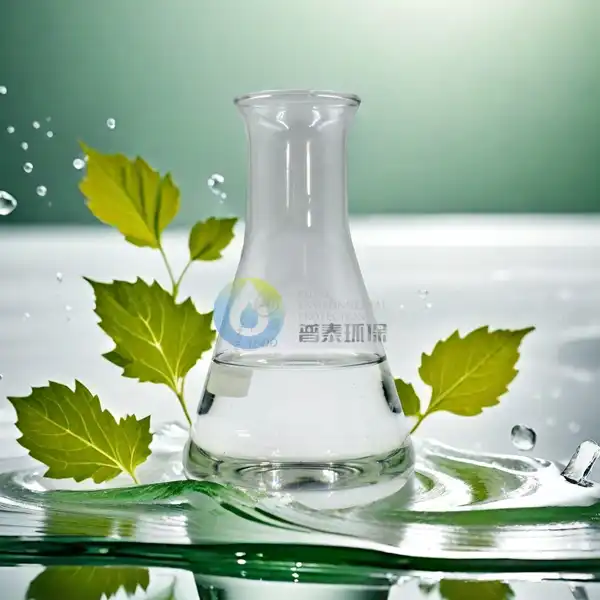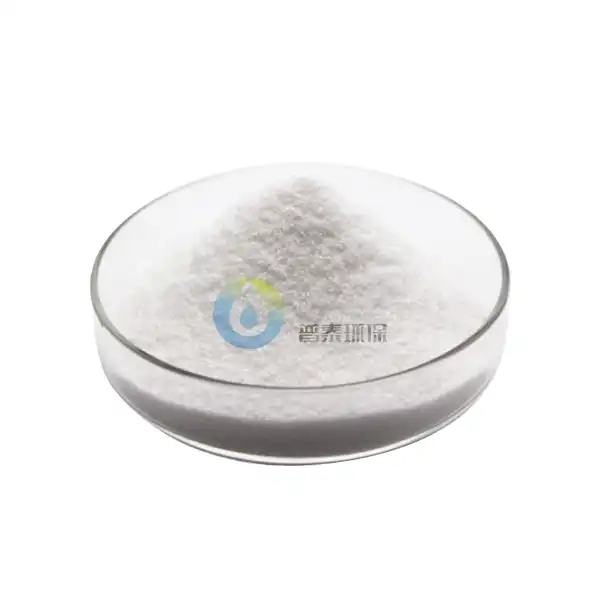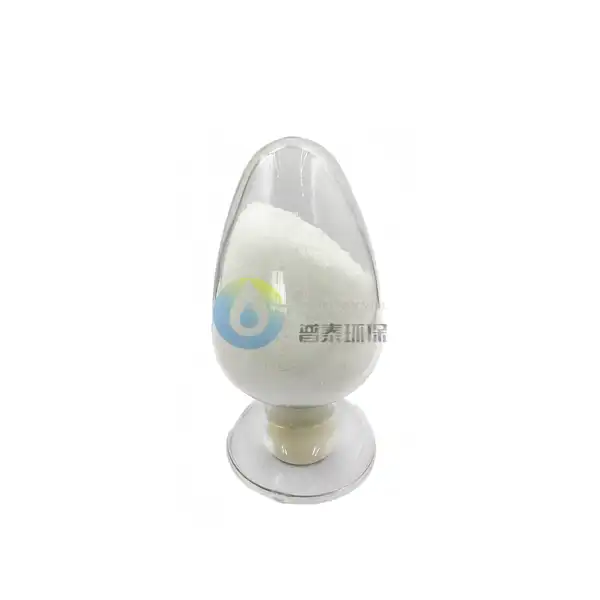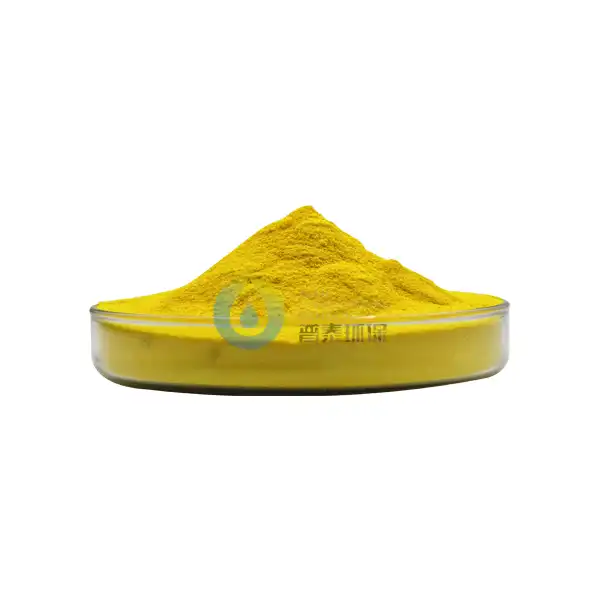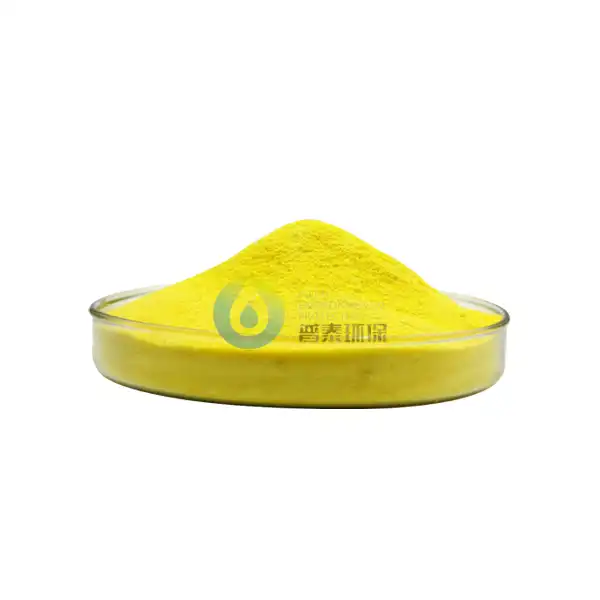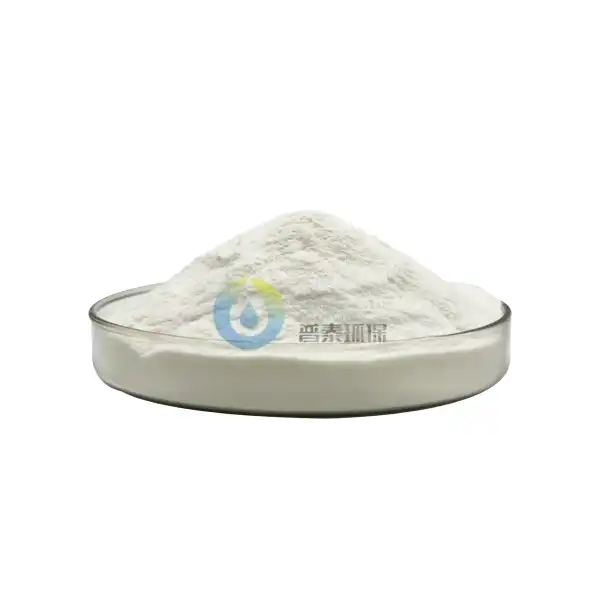Poly Aluminium Chloride Liquid for Drinking Water Purification
Clean, safe drinking water is a fundamental human necessity. As our understanding of water treatment processes evolves, so do the methods and chemicals we use to ensure the purity of our water supply. One such chemical that has gained significant traction in recent years is Poly Aluminium Chloride Liquid. This powerful coagulant has revolutionized the way we purify drinking water, offering numerous benefits over traditional treatment methods. In this comprehensive guide, we'll explore the world of PAC liquid, its applications in drinking water purification, and why it's becoming the go-to choice for water treatment facilities worldwide. We'll delve into the WHO guidelines, examine its effectiveness in removing various contaminants, and showcase real-world examples of municipal water plants reaping the benefits of this innovative solution.
WHO guidelines for PAC in potable water treatment
The World Health Organization (WHO) plays a crucial role in setting global standards for drinking water quality. When it comes to Poly Aluminium Chloride Liquid in water treatment, the WHO has established specific guidelines to ensure its safe and effective use.
According to the WHO, the maximum allowable concentration of aluminium in drinking water is 0.2 mg/L. This limit is based on aesthetic considerations rather than health concerns, as high levels of aluminium can cause water discoloration and turbidity. The WHO notes that PAC, when used correctly, can effectively reduce aluminium levels in treated water to well below this threshold.
The WHO guidelines also emphasize the importance of proper dosing and application of PAC liquid. They recommend that water treatment facilities conduct regular jar tests to determine the optimal dosage for their specific water source. This ensures that the coagulant is used efficiently and effectively, minimizing waste and maximizing purification results.
Moreover, the WHO stresses the significance of monitoring residual aluminium levels in treated water. This practice helps operators maintain compliance with regulatory standards and ensures the ongoing safety and quality of the water supply. Regular testing and adjustment of PAC dosage based on raw water quality fluctuations are essential components of a well-managed water treatment system.
It's worth noting that the WHO guidelines are not static; they evolve as new research and technologies emerge. Water treatment professionals must stay informed about the latest updates and recommendations to ensure they're always providing the highest quality drinking water to their communities.
Removing turbidity vs. dissolved organics with PAC
One of the key advantages of Poly Aluminium Chloride Liquid in water purification is its versatility in addressing multiple contaminants. Let's explore how PAC performs in removing two common water quality issues: turbidity and dissolved organics.
Turbidity, or cloudiness in water caused by suspended particles, is often the most visible water quality problem. PAC liquid excels at tackling turbidity through its coagulation mechanism. When added to water, PAC forms positively charged aluminium hydroxide complexes. These complexes attract and bind to negatively charged particles suspended in the water, creating larger, heavier flocs that can be easily removed through sedimentation or filtration.
The efficiency of PAC in turbidity removal is remarkable. Studies have shown that it can reduce turbidity levels by up to 99% in many cases, resulting in crystal-clear water. This high performance is particularly valuable in areas where source water has high turbidity due to soil erosion, algal blooms, or other environmental factors.
While turbidity removal is crucial, the ability of PAC to address dissolved organics is equally important. Dissolved organic matter (DOM) in water can lead to unpleasant tastes, odors, and even the formation of harmful disinfection by-products when the water is chlorinated. PAC's effectiveness in removing DOM is due to its ability to form large, positively charged molecules that can adsorb and neutralize negatively charged organic compounds.
The removal of dissolved organics by PAC is a more complex process than turbidity removal. It involves both charge neutralization and adsorption mechanisms. The effectiveness can vary depending on the specific types of organic compounds present in the water. Generally, PAC has shown excellent results in removing humic and fulvic acids, which are common forms of DOM in surface waters.
Interestingly, the optimal dosage and pH conditions for turbidity removal may differ from those for organic matter removal. This is where the expertise of water treatment professionals becomes crucial. By carefully balancing these factors, operators can achieve optimal results in both areas, ensuring that the treated water meets all quality standards.
Municipal water plants using PAC liquid
The adoption of Poly Aluminium Chloride Liquid for drinking water treatment has been steadily increasing in municipal water plants around the world. Let's examine some real-world examples of how PAC is transforming water purification processes and improving water quality for millions of people.
In the United States, the city of Cincinnati, Ohio, has been using PAC in its water treatment process since the early 2000s. The switch to PAC was prompted by the need to meet more stringent water quality regulations and address seasonal algal blooms in the Ohio River, the city's primary water source. Since implementing PAC, Cincinnati has reported significant improvements in water clarity and taste, as well as reduced chemical usage and sludge production.
Across the Atlantic, the city of Amsterdam in the Netherlands has incorporated PAC into its advanced water treatment system. The PAC is used in combination with other technologies like ozonation and activated carbon filtration to produce exceptionally high-quality drinking water. The use of PAC has allowed the treatment plant to effectively remove micropollutants and emerging contaminants, ensuring that Amsterdam's water meets and exceeds European Union standards.
In Asia, Singapore's NEWater plants, which produce high-grade reclaimed water, utilize PAC as part of their multi-barrier purification process. The PAC treatment step helps remove fine particles and dissolved contaminants, contributing to the production of water that exceeds WHO drinking water standards. This innovative approach has not only secured Singapore's water supply but also positioned the country as a global leader in water reclamation technology.
These examples illustrate the versatility and effectiveness of PAC liquid in various water treatment scenarios. From addressing seasonal water quality fluctuations to tackling emerging contaminants, PAC has proven to be a valuable tool in the water treatment toolbox.
It's important to note that the success of PAC implementation often depends on factors such as proper dosing, pH control, and integration with existing treatment processes. Many municipal plants have reported that the switch to PAC required an initial period of optimization but ultimately resulted in improved water quality, reduced chemical consumption, and lower operating costs.
As water quality challenges continue to evolve, it's likely that we'll see even more municipal water plants turning to PAC liquid as a key component of their treatment strategies. The ability to address multiple contaminants with a single chemical, coupled with its cost-effectiveness and environmental benefits, makes PAC an attractive option for water utilities of all sizes.
Conclusion
Poly Aluminium Chloride liquid has emerged as a game-changer in the field of drinking water purification. Its ability to effectively remove both turbidity and dissolved organics, coupled with its alignment with WHO guidelines, makes it an invaluable tool for water treatment professionals. As demonstrated by the success stories from municipal water plants around the world, PAC liquid is not just a theoretical solution but a practical, real-world answer to many of our water quality challenges.
Are you responsible for a water treatment facility looking to improve your purification process? Or perhaps you're a municipality facing increasing water quality challenges? Xi'an PUTAI Environmental Protection Co., Ltd. is here to help. With over 21 years of experience in the production, sales, and R&D of water treatment chemicals, we're committed to providing high-quality PAC liquid solutions tailored to your specific needs.
Don't settle for subpar water quality or inefficient treatment processes. Reach out to our team of experts today at sales@ywputai.com to discover how our PAC liquid solutions can transform your water treatment operations. Let's work together to ensure clean, safe drinking water for your community.
References
1. World Health Organization. (2017). Guidelines for drinking-water quality: fourth edition incorporating the first addendum. Geneva: World Health Organization.
2. Matilainen, A., Vepsäläinen, M., & Sillanpää, M. (2010). Natural organic matter removal by coagulation during drinking water treatment: A review. Advances in Colloid and Interface Science, 159(2), 189-197.
3. Edzwald, J. K., & Tobiason, J. E. (2011). Chemical principles, source water composition, and watershed protection. In Water Quality and Treatment: A Handbook on Drinking Water (6th ed., pp. 3.1-3.76). American Water Works Association.
4. Gao, B. Y., Yue, Q. Y., Wang, B. J., & Chu, Y. B. (2003). Poly-aluminum-chloride-sulfate (PACS) as a new type inorganic polymer coagulant for water treatment. Journal of Environmental Sciences, 15(1), 79-82.

